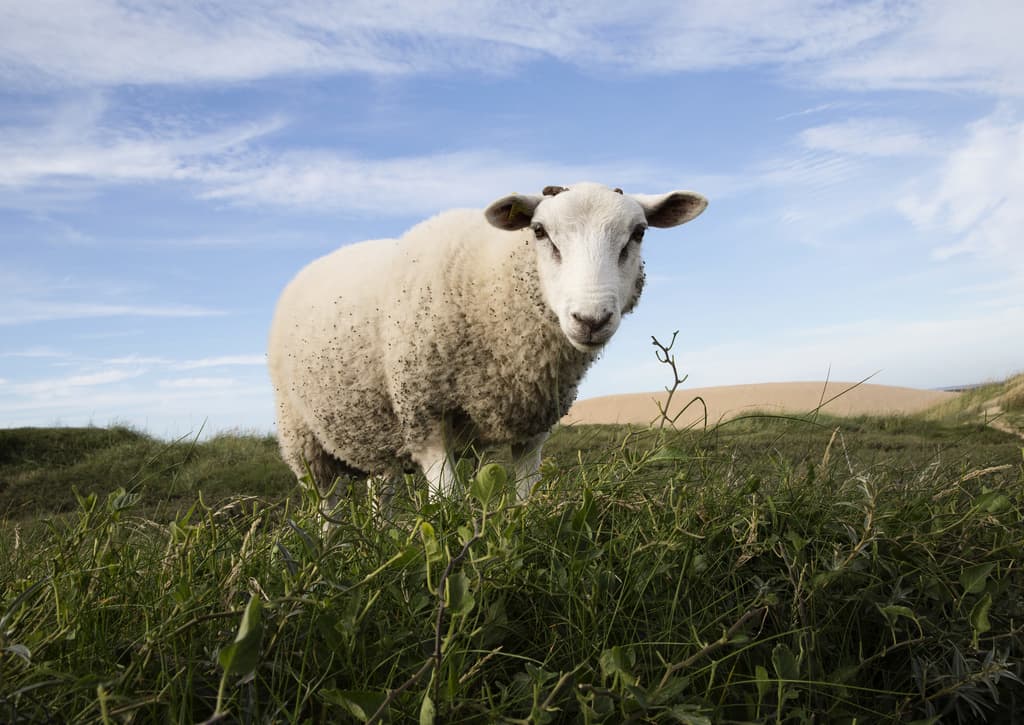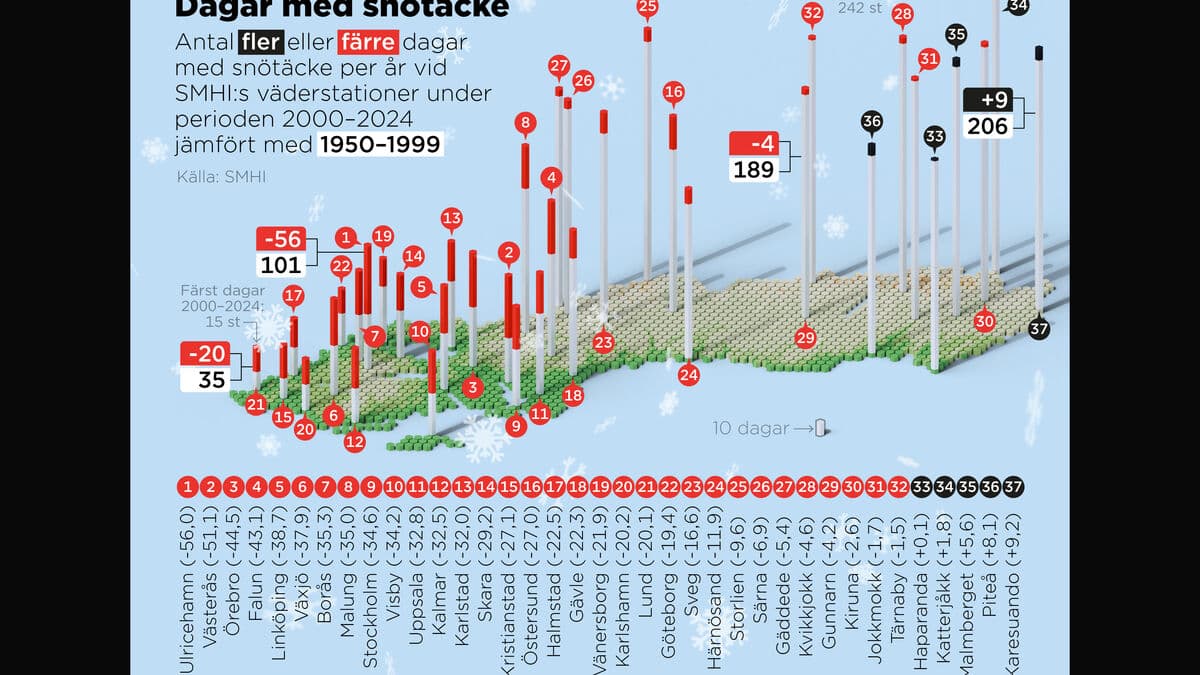SVA assesses that there is a medium to high risk that the virus, which spreads through midges, will reach Sweden. August, September, and October will be crucial months, says Karl Ståhl.
There are many different factors that play a role. It's not just how close the country is, but also wind direction and temperatures.
Cattle, sheep, and goats are in the risk zone for the virus, which can lead to death.
It's primarily sheep that become seriously ill, says Ståhl.
The virus was first discovered in the Netherlands last year. Since then, cases have been reported in, among others, Germany, the United Kingdom, France, and most recently in Denmark.
In the spring, it became clear that an emergency vaccine was available, but it has not yet been approved by the European Medicines Agency EMA.
However, countries can apply for a so-called preparedness license, which Sweden has received.
It's not entirely clear how effective these vaccines are. When it goes this fast, it's not evaluated in that way. You use them in the acute phase without having full control over how effective they are, says Karl Ståhl.
Today, there is no requirement for animals to be vaccinated in Europe, unlike during the major outbreak in 2008 when it became a requirement.
In Sweden, it is the animal owners who decide on vaccination and they have to pay for it themselves.
The virus spreads through midges, which can travel long distances with the wind. They are active during the summer half-year.
It cannot spread from animal to animal. Humans cannot be infected by the virus.
Bluetongue can affect cattle, sheep, goats, and camels.
The first case of the virus in Sweden was in 2008 and the last case in 2010.
The symptoms are fever, swelling, and ulcerated mucous membranes, salivation, swelling around the entire head, lameness, decreased milk production in cows, circulatory stop in the tongue, which turns blue. In the worst case, it can lead to death.
Source: The Board of Agriculture and the National Veterinary Institute





